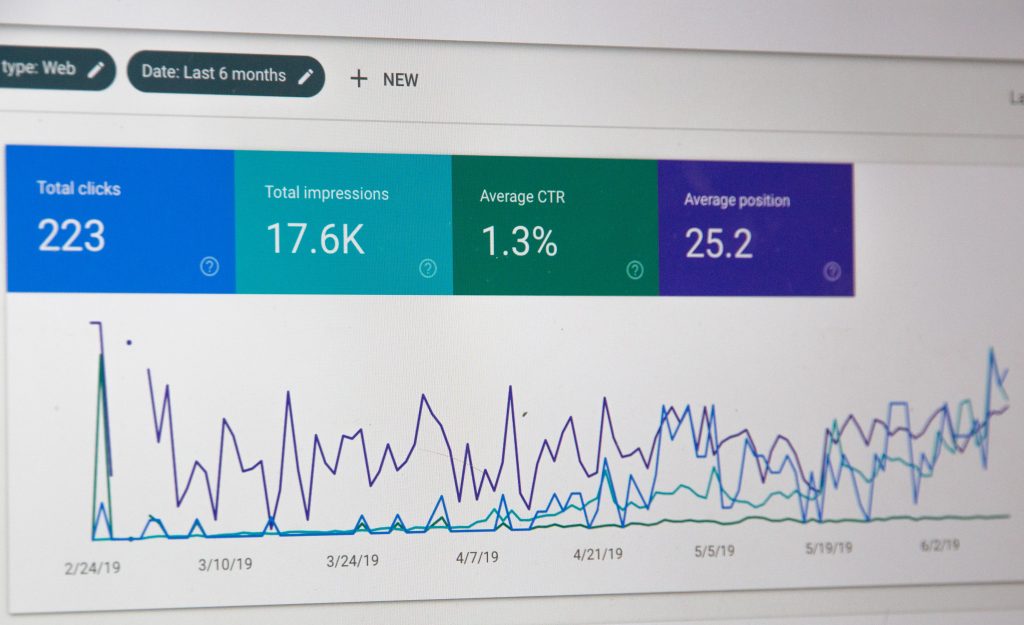What is an Impression?
In the world of digital advertising, acquiring useful data from a marketing campaign is a useful way to assess effectiveness and reach. Without measurable data, advertisers are not able to make informed decisions about their ad campaigns and strategies. An impression is a key metric that measures the amount of times an ad such as a banner ad, video ad, or any other type of digital ad is seen by the viewer. In technical terms an impression is the number of times an ad shows up on a page and is “served” to the web user. Each time an ad loads, it’s assumed the viewer sees the ad and this counts as an impression. Another word for an impression is an “ad view.” Every time an ad is viewed, this counts as an impression.
Why Impressions?
Impressions are an effective way to measure the reach and visibility of an online ad. By using impression based models, advertisers can determine how many people are seeing their ads and can gauge the effectiveness of their digital advertising efforts. By analyzing impression metrics, an advertiser can make more well–informed decisions for their advertising strategies and hone their approach to enhance and improve their results.
How it Works
As previously mentioned, an impression is when a viewer or web user sees an ad on a page. But, to be precise, an impression occurs the moment the ad server’s pixel image of the ad or content loads on the page. The moment the ad appears on the page, this counts as being viewed by the user.
Impression Model Critique
Even though impression metrics are commonly used due to their convenience and cost effectiveness in comparison to CPC pricing models, the critique of impression model pricing is that it’s not 100% clear on how accurate the data is as a result of various factors. There is skepticism surrounding impressions because the measurements can be skewed due to forces such as bots, the page or ad not fully loading, and multiple views by the same person. There are also dishonest website owners who fabricate impressions to gain more earnings. Additionally, there are statistics that show that bots make up a large portion of existing web traffic. All of these elements play a role in the doubts surrounding impression metrics. That being said, advertisers and ad servers can determine the way that they will count the impressions or ad views such as counting the engagement with the ad.
Optimizing Impressions
A digital advertisement can generate more impressions if several aspects of online advertising are considered such as ad format, ad placements, the frequency of the ad, the platform or device type, and even seemingly unimportant factors like the time of day and day of the week the ad is displayed. These elements all play a role in reaching an advertiser’s target audience through the ad server.
CPM
An impression is measured by the CPM pricing model. CPM stands for Cost Per Mille, or Cost Per 1,000 impressions. A website owner charges advertisers a rate per 1,000 views on the page. For example, a CPM rate can be set at $1, thus for every 1,000 impressions a website owner charges $1. Every time an advertisement is viewed 1,000 times, the advertiser pays $1 so if an ad is viewed 10,000 times they pay $10. CPM is a vital metric measuring cost– effectiveness of advertising campaigns and can help advertisers determine how to optimize their spending. The pricing of CPM varies based on the platform offering their services.
Impressions and Clicks
An impression and a click–through or a conversion are different measuring tools in online advertising. Advertisers can choose to pay for both of them to be used together but they each have distinct roles and differences. An Impression measures the number of times an ad is displayed or the number of times a viewer sees an ad. A click, on the other hand, is a metric that measures the number of times a viewer clicks on an ad. Click–through campaigns show an advertiser the engagement and effectiveness of their ad, while an impression shows the visibility and reach of an ad. Impressions spread brand awareness while click–through campaigns are useful in fostering user engagement and conversions. CPM is often cheaper and more predictable in its rates than CPC (cost per click). As noted, advertisers can choose to use both models simultaneously to gather more data and advance their campaigns. This costs more because ultimately the goal is to make a sale and impressions alone can only go so far, while clicks cause consumers to engage in a call to action.
Understanding Impressions
Recognizing and understanding how an impression works in aiding a digital advertising campaign ensures that advertisers can measure data that shows their reach. This information helps advertisers make informed decisions about their ad budget. In order to build a successful ad campaign, advertisers should consider the benefits of an impression based model and click–through campaigns working together to yield results.
